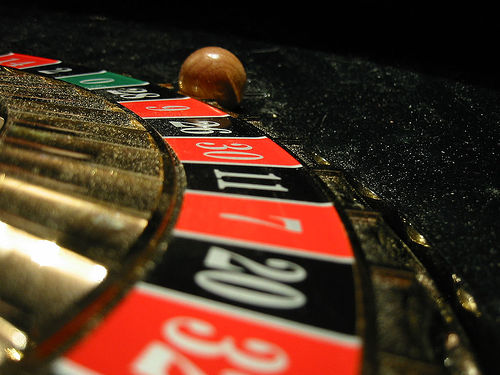For most Japanese, World War II ended in 1945. But not for some:
- Shoichi Yokoi, a soldier in the Imperial Japanese Army, was discovered in a remote section of Guam in 1972. He had been hiding in an underground jungle cave for 28 years, refusing to believe leaflets that said the war had ended.
- 2nd. Lt. Hiroo Onoda hid in the Philippines jungle for 29 years. He finally gave up in 1974, when his old commanding officer convinced him the war was over. He surrendered in his dress uniform and sword, with his Arisaka rifle still in operating condition, 500 rounds of ammunition, and several hand grenades.
- The last holdout, Capt. Fumio Nakahira of the Japanese Imperial Army, was discovered on Mindoro Island in the Philippines in April 1980 — 35 years after V-J Day.
“It is with much embarrassment that I have returned alive,” Yokoi said on returning to Japan. He got $300 in back pay.




